Berlin Travel Tip 15
2023-12-27
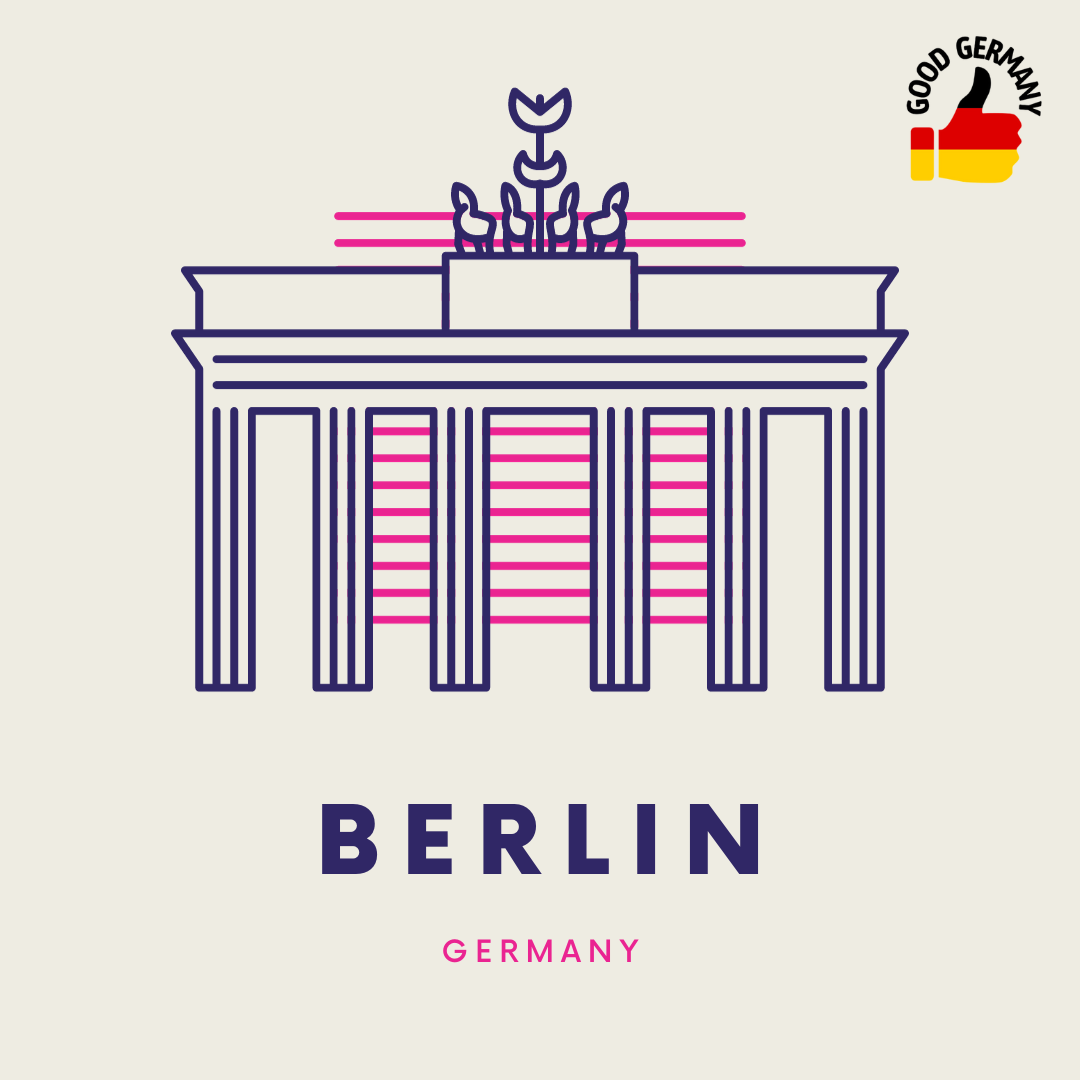
Berlin, the vibrant capital of Germany, is a city that seamlessly blends rich history with a contemporary edge. This Berlin travel guide and tips article will navigate you through the must-visit landmarks, hidden gems, culinary delights, and essential information to make your visit memorable.
1. Introduction
Welcome to Berlin, where history echoes in every corner and modernity meets tradition. This travel guide aims to be your companion as you explore the captivating city, offering insights and tips to enhance your experience.
2. Getting to Know Berlin
Berlin's roots run deep, with a history that shaped the city into what it is today. From its humble beginnings to the fall of the Berlin Wall, the city stands as a testament to resilience and reinvention. The cultural diversity adds a dynamic layer, making Berlin a melting pot of ideas and expressions.
3. Must-Visit Landmarks
Brandenburg Gate
The iconic Brandenburg Gate, a symbol of unity, is a must-see. Its neoclassical architecture and historical significance make it a focal point for visitors.
he Brandenburg Gate (German: Brandenburger Tor [ˈbʁandn̩ˌbʊʁɡɐ ˈtoːɐ̯]) is an 18th-century neoclassical monument in Berlin, built on the orders of King Frederick William II of Prussia after the Seven Years' War.
The gate stands on the Pariser Platz, at the western end of the Unter den Linden avenue, which connects to Potsdamer Platz in the western part of the city. The Brandenburg Gate is a triumphal arch decorated with sculptures of Roman gods and goddesses. It is one of the most recognizable landmarks of Berlin and a symbol of German unity.
The Brandenburg Gate was designed by Carl Gotthard Langhans, a Prussian architect, and was built between 1788 and 1791. It is 26 meters (85 ft) high, 65.5 meters (215 ft) long, and 11 meters (36 ft) deep. The gate is made of sandstone and is decorated with sculptures of Roman gods and goddesses. The Quadriga, a chariot drawn by four horses, is the most famous sculpture on the Brandenburg Gate. It was originally designed by Johann Gottfried Schadow and was placed on the gate in 1793.
The Brandenburg Gate has been the scene of many important events in German history. It was a symbol of the division of Germany between East and West during the Cold War. On November 9, 1989, the night the Berlin Wall fell, thousands of people celebrated by climbing onto the Brandenburg Gate. The gate was also the site of the official ceremony marking the reunification of Germany on October 3, 1990.
Today, the Brandenburg Gate is a popular tourist destination and a symbol of German unity and democracy. It is also a reminder of the city's rich history and the many challenges it has faced.
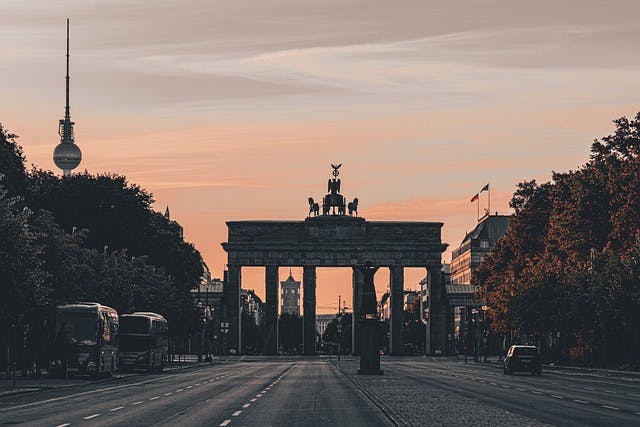
Berlin Wall
Explore the remnants of the Berlin Wall, a tangible reminder of the city's divided past. Witness the East Side Gallery's vibrant murals that tell stories of change and hope.
The Berlin Wall, a stark symbol of division, once stood as a concrete barrier separating East and West Berlin for nearly three decades. Its remnants, scattered throughout the city, serve as poignant reminders of the Cold War's oppressive regime and the resilience of the human spirit.
One of the most notable remnants is the East Side Gallery, a 1.3-kilometer stretch of graffiti-clad wall that stretches along the Spree River. This unique open-air museum is adorned with vibrant murals that capture the essence of freedom, democracy, and the power of art to break down barriers.
One of the most iconic murals is "God Help Us Survive This Deadly Love," a depiction of Brezhnev and Honecker embracing, painted by Dmitri Vrubel. This satirical piece captures the absurdity of the Cold War and the futility of the division between East and West.
Another notable mural is "Fraternal Kiss," a playful image of Leonid Brezhnev and Erich Honecker kissing, created by Dmitri Vrubel and Birgit Kinder. This humorous depiction highlights the absurdity of political ideology and the desire for unity and shared humanity.
The East Side Gallery is not just a testament to the past; it is a vibrant space where artists continue to express their views and connect with the city's diverse community. It serves as a reminder of the power of art to transcend boundaries and foster understanding and dialogue.
As you wander through the East Side Gallery, take time to pause and reflect on the messages conveyed through the murals. These works of art speak of hope, resilience, and the human desire for freedom and unity. They are a testament to the power of art to challenge oppressive regimes and inspire change.

Museum Island
Immerse yourself in art and history at Museum Island, home to world-renowned museums and galleries. Each building is a treasure trove waiting to be discovered.
Museum Island is a small island in the Spree River, home to a unique ensemble of five renowned museums. It is one of the most popular tourist destinations in Berlin, and is known for its impressive collection of art and artifacts.
The island is home to the Altes Museum, Neues Museum, Bode Museum, Pergamon Museum, and the James Simon Gallery. These museums house a vast collection of artifacts from ancient civilizations, including Greece, Rome, Egypt, and Mesopotamia. The Pergamon Museum is particularly famous for its collection of ancient sculptures and its reconstructed Pergamon Altar.
If you are interested in art and history, Museum Island is a must-see destination in Berlin. It is a place where you can step back in time and explore the wonders of the ancient world.
To get to Museum Island from Frankfurt, you can take a train or bus. The journey takes about 4 hours and 14 minutes. There are also several direct flights from Frankfurt Airport to Berlin Tegel Airport.
Here are some additional details about the trip from Frankfurt to Museum Island:
Distance: 516 kilometers (321 miles)
Travel time: 4 hours 14 minutes
Travel mode: Transit
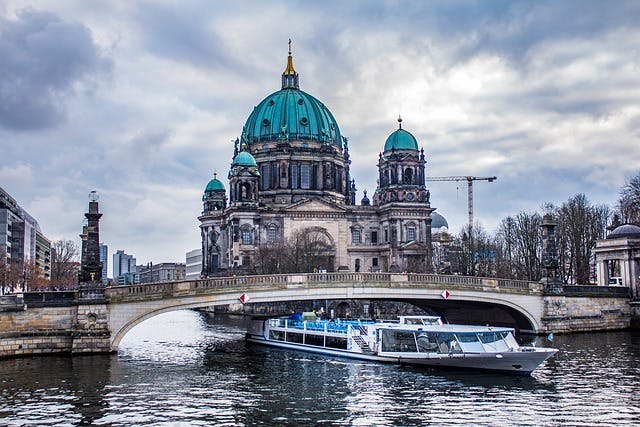
4. Exploring Berlin's Neighborhoods
Mitte
The heart of Berlin, Mitte, boasts a mix of history and modernity. Explore the lively Hackescher Markt or visit the Berlin Cathedral for a breathtaking view.
Kreuzberg
Known for its alternative vibe, Kreuzberg is a haven for artists and creatives. Graffiti-covered streets and eclectic cafes define this district.
Prenzlauer Berg
Prenzlauer Berg offers a more relaxed atmosphere with its tree-lined streets and charming cafes. Experience local life in this residential yet vibrant neighborhood.
5. Culinary Delights in Berlin
Berlin's food scene is a fusion of international flavors and traditional German dishes. Visit street food markets like Markthalle Neun for a diverse culinary experience. Don't miss out on trying classic German sausages and pretzels.
6. Transportation Tips
Navigating Berlin is a breeze with its efficient public transport system. Consider renting a bike to explore the city like a local. This eco-friendly option allows you to cover more ground while enjoying the scenic routes.
7. Entertainment and Nightlife
Berlin comes alive at night with a plethora of entertainment options. Catch a show at one of the city's theaters or immerse yourself in the electrifying nightlife at clubs like Berghain and Watergate.
8. Art and Museums Scene
For art enthusiasts, Berlin offers a diverse range of galleries and museums. From contemporary art at KW Institute for Contemporary Art to historical artifacts at the DDR Museum, there's something for everyone.
9. Seasonal Recommendations
Experience Berlin's seasonal charm by attending summer festivals or wandering through enchanting Christmas markets during the winter. Each season brings a unique flavor to the city.
10. Budget-Friendly Travel Hacks
Traveling on a budget? Discover Berlin's free attractions and opt for affordable accommodations without compromising on quality. Stretch your euros while maximizing your experience.
11. Language and Local Etiquette
Learning a few common phrases in German can enhance your interactions with locals. Respect local customs and be aware of cultural norms to ensure a positive experience.
12. Safety Precautions for Travelers
Prioritize safety by familiarizing yourself with emergency numbers and identifying secure areas. Berlin is generally safe, but awareness is key to a worry-free visit.
13. Hidden Gems and Off-the-Beaten-Path Spots
Venture off the tourist trail to discover hidden gems and local favorites. From quaint cafes tucked away in courtyards to lesser-known attractions, these spots offer a more intimate experience of Berlin.
14. Shopping in Berlin
Indulge in retail therapy at Berlin's flea markets, where you can find unique treasures. For a more upscale experience, explore high-end shopping districts like Kurfürstendamm.
15. Conclusion
In conclusion, Berlin is a city that invites exploration and promises a blend of history, culture, and modernity. Whether you're a history buff, art enthusiast, or foodie, Berlin has something special to offer. Pack your bags, embrace the diverse experiences, and make memories in this dynamic metropolis.
FAQs
Is Berlin a safe city for tourists?Berlin is generally considered safe for tourists. However, like any other major city, it's essential to stay vigilant and be aware of your surroundings.
What is the best time to visit Berlin?The best time to visit Berlin is during the spring and fall when the weather is mild, and outdoor activities are enjoyable.
Are English speakers common in Berlin?Yes, English is widely spoken in Berlin, especially in tourist areas. However, learning a few basic German phrases can enhance your experience.
Can I use public transportation to explore the city?Absolutely! Berlin's public transport system is efficient and well-connected, making it easy for tourists to navigate the city.
What are some lesser-known attractions in Berlin?Explore the lesser-known attractions such as Clärchens Ballhaus, Viktoriapark, and Teufelsberg for a more off-the-beaten-path experience.
Berlin Offical Site
https://www.visitberlin.de/en
Share
Tag
Related Blog
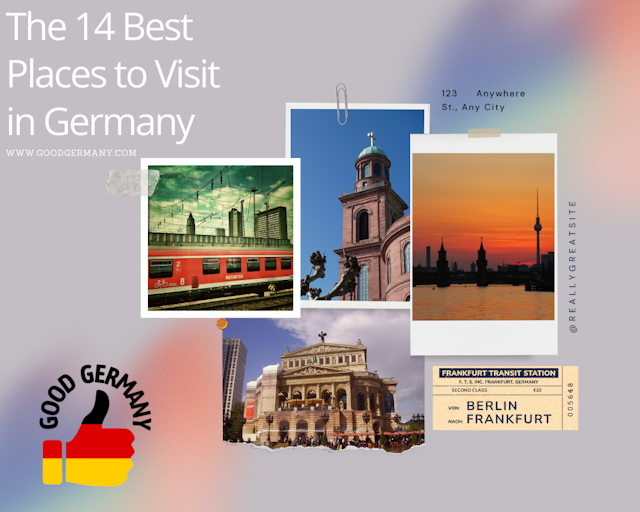
The 14 Best Places to Visit in Germany
2023-08-19
Berlin Travel Tip 15
2023-12-27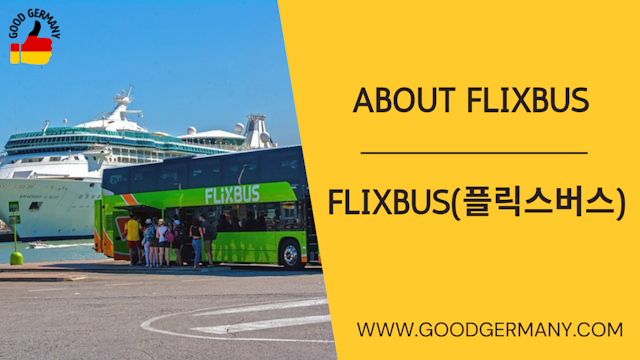
About FlixBus 15 Truths
2023-12-21
Dresden Travel Recommendations – Top 12
2023-07-14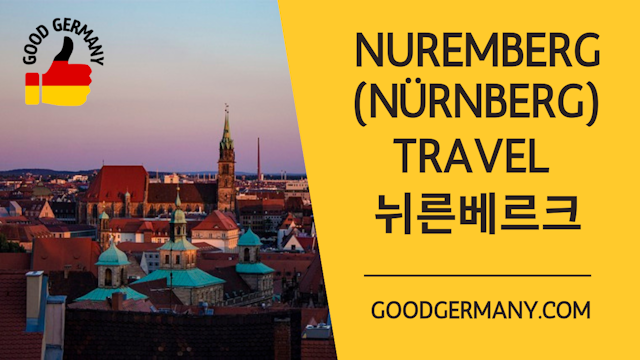
[Nuremberg(Nürnberg)] - Top 10 Travel
2023-12-10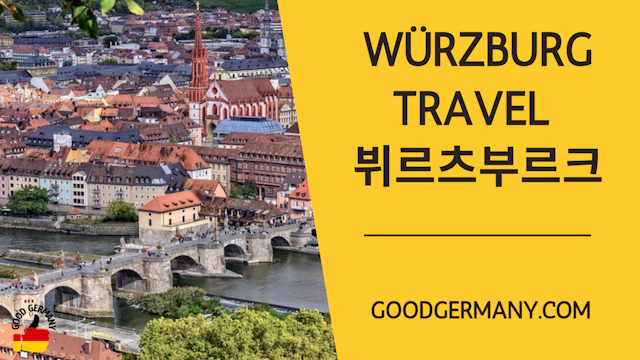
1 Day Travel in Würzburg
2023-12-12
Rothenburg (ob der Tauber) Travel - Top 10
2023-12-12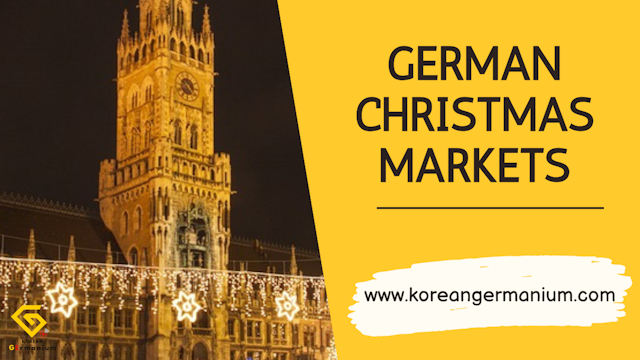
Top 5 German Christmas markets
2023-11-13
Reichstag building
2023-11-10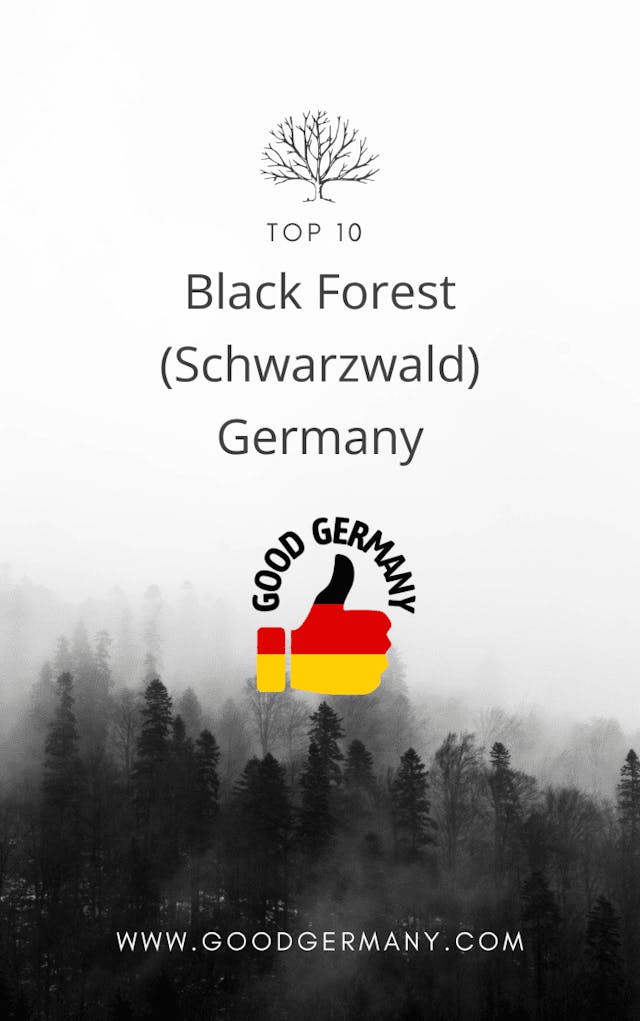
Top 10 in the Black Forest(Schwarzwald), Germany
2023-09-12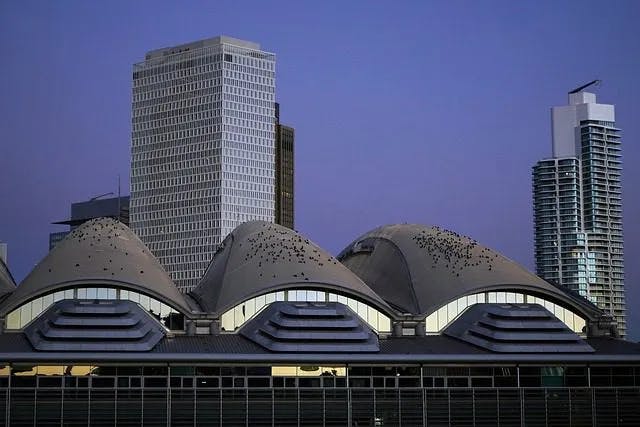
Exploring the Significance of Frankfurt Messe: A Global Business Hub
2023-08-25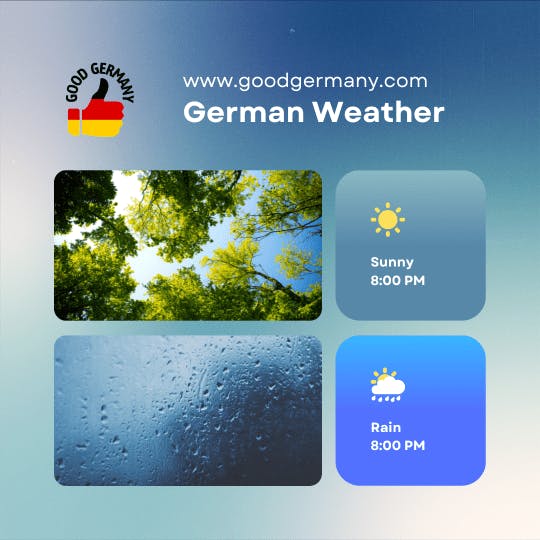
Germany Weather
2023-08-22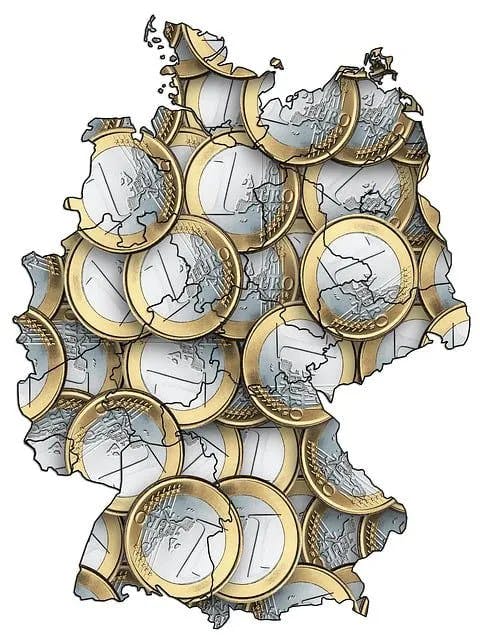
German Currency | Exchange Rate & History
2023-08-22
Oktoberfest 2023: A Celebration of Tradition and Beer
2023-08-20
The 16 States of Germany
2023-08-13
Heidelberg Travel Guide – Tip 10
2023-08-08
Frankfurt am Main Travel Guide - 10 List
2023-08-04
Dresden Christmas Market(Dresdner Striezelmarkt)
2023-07-14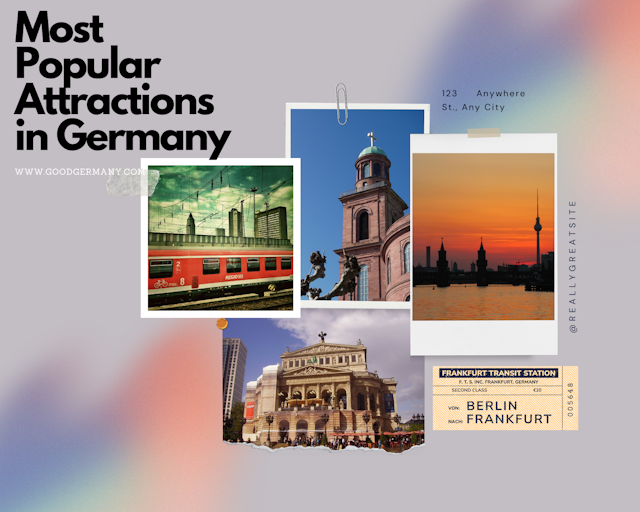
Most Popular Attractions in Germany
2023-07-06